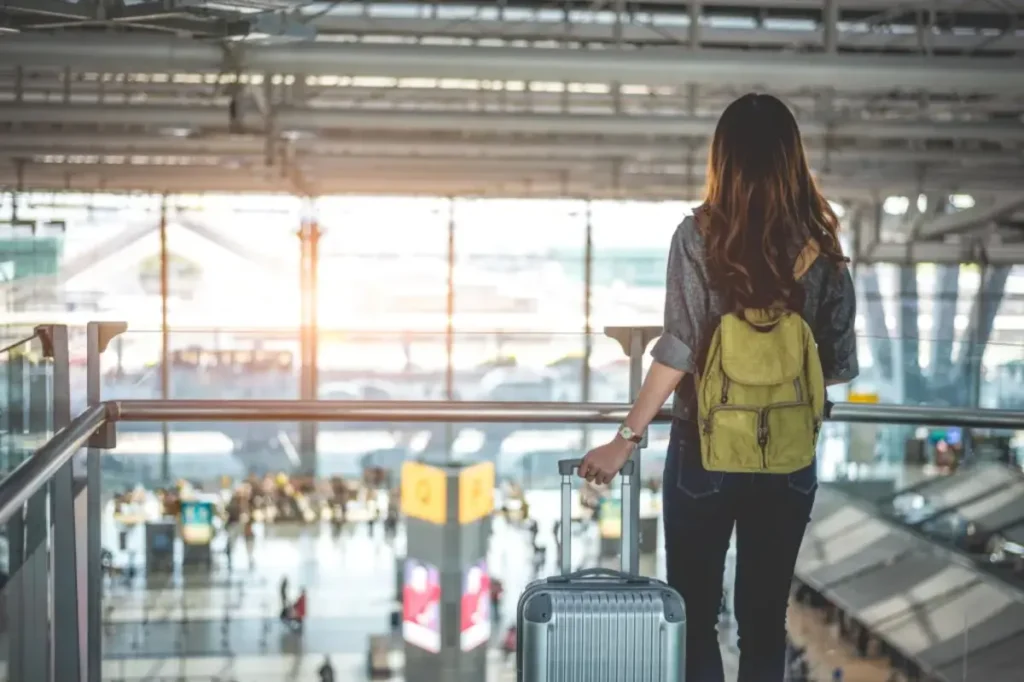The Rise and Risks of Solo Travel: A Modern Adventure
In an era defined by digital connectivity and newfound workplace flexibility, solo travel has emerged as the hottest trend in tourism, particularly among younger generations seeking independence and authentic experiences. An impressive 76% of millennials and Gen Z travelers plan to embark on solo adventures within the next year, contributing to a booming market now valued at over $500 billion annually. This surge reflects a fundamental shift in how we perceive travel—no longer just a group activity but an individual journey of discovery and self-reliance. The remote work revolution has further accelerated this trend, allowing digital nomads to explore new destinations while maintaining their professional responsibilities from virtually anywhere with an internet connection.
Despite the liberation and excitement solo travel offers, it comes with unique vulnerabilities that group travelers simply don’t face. As attorney Elliot Silver aptly notes, “When something goes wrong, whether it’s a car accident, a medical emergency, or a legal issue, you don’t have backup.” This stark reality has prompted Silver Law Firm to conduct a comprehensive study identifying the most dangerous U.S. states for solo travelers. Using data from authoritative sources including the FBI and Bureau of Transportation Statistics, the study evaluated each state based on crime rates, road safety, emergency access, and transportation infrastructure to produce a “solo travel safety score” out of 100. The findings reveal significant disparities in safety conditions across America, with some popular tourist destinations presenting surprising risks for those exploring alone.
New Mexico emerged as the most dangerous state for solo travelers, scoring a concerning 0.00 on the safety scale despite its popularity among hikers and road-trippers drawn to its stunning national parks and scenic byways. The state’s vast, isolated rural landscapes create unique hazards—extensive areas without cell service or gas stations, combined with high rates of vehicle accidents and property crime. For solo adventurers, these factors demand extra precautions: downloading offline maps before departure, carrying additional water and supplies in vehicles, and sharing detailed itineraries with trusted contacts. The isolation that makes New Mexico’s landscapes so breathtaking also creates significant safety challenges, particularly for those traveling without companions who might assist during emergencies.
Arkansas and Tennessee follow closely as the second and third most dangerous states for solo travelers, scoring 10.39 and 13.68 respectively. This presents a particular paradox for Tennessee, home to tourism hotspots like Nashville and Memphis that attract millions of visitors annually. Silver warns that solo travelers should remain especially vigilant outside metropolitan areas in Tennessee, carefully planning routes and establishing regular check-in times with friends or family. These states exemplify how popular destinations can harbor hidden dangers for independent travelers, with rural areas often presenting the greatest challenges due to limited emergency services and potentially spotty communication infrastructure. The contrast between tourist-friendly cities and more isolated regions highlights the importance of destination-specific research before embarking on solo adventures.
In a surprising revelation, New York ranks as the fourth safest state for solo travel in America. Despite its reputation for urban hustle and occasional crime concerns, the Empire State’s excellent emergency access and robust transportation infrastructure create a relatively secure environment for independent travelers. This counterintuitive finding demonstrates how comprehensive transportation networks and readily available emergency services can significantly enhance safety for those exploring alone. Only three states surpassed New York in safety rankings: New Jersey, Rhode Island, and Massachusetts. These states share common characteristics that benefit solo travelers, including compact geography, reliable cellular coverage, and well-maintained transportation systems that minimize isolation risks.
Massachusetts claimed the top position as America’s safest state for solo travelers, achieving a perfect score of 100.00. This exemplary rating stems from several favorable factors: relatively low violent and property crime rates, excellent road infrastructure, and compact geography that ensures travelers rarely find themselves in truly isolated situations. As Silver explains, “For solo travelers, this means fewer stretches of isolated highway and easier access to help if needed. The state’s dense population means cell service is reliable almost everywhere.” These advantages create an ideal environment for independent exploration, allowing solo travelers to focus on enjoying their experiences rather than constantly managing safety concerns. Massachusetts demonstrates how infrastructure, population density, and low crime rates collectively contribute to a secure travel environment—factors worth considering when planning future solo adventures.
The rising popularity of solo travel reflects our evolving relationship with exploration and independence, but this freedom carries responsibilities and risks that vary dramatically by destination. Whether venturing through the isolated landscapes of New Mexico or the well-connected networks of Massachusetts, today’s solo travelers must balance adventure with awareness, preparation with spontaneity. As this travel trend continues to grow, understanding location-specific safety factors becomes increasingly vital—enabling millions of independent explorers to create memorable journeys while minimizing unnecessary risks along the way.















